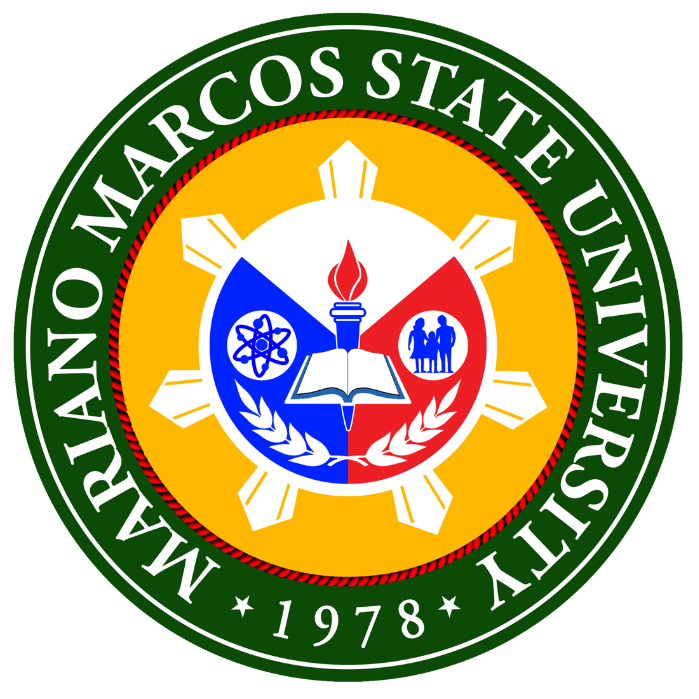Laboratory High School
LHS Laoag City History
In January 1963, Republic Act No. 3705 converted the Ilocos Norte Normal school
into the Northem Luzon Teachers College (NLTC). In 1977, it offered a four year education course. By the year
1974-1975, there was a need to provide a laboratory high school for the student teachers, hence the Bureau of
Public schools approved the creation of the NLTC Laboratory High School.
In 1976, NLTC was named
Northern Luzon State University (NLSU), hence the high school was also name NLSC Laboratory
School.
When the college eventually became the College of Education of the Mariano Marcos State
University (MMSU) under P.D. 1279 in 1978, the high school was named University High School
Laoag.
In 1986, Executive Order 86-02 was issued merging the University High School in Batac,
Currimao, Dingras, Laoag and Paoay.
This was later repealed by the General Appropriation Act of
1999 phasing down the number of enrolment.
However, in 2007, the MMSU administration saw the need
to increase the school's enrolment to 500, from first year to fourth year.
Since then, every year
level has three sections with at least 30 students.
The High School continues to serve as a
Laboratory for student teachers in the BSED program of the MMSU-College of Teachers Education. It remains to be
center of excellence in the secondary education, both in academic and co-curricular activities in llocos Norte
and Laoag City.
LHS City of Batac History
The University High School – Batac was formerly the Batac Rural High School which grew into
the Ilocos Norte Institute of Technology then became the MMMCST and later merged with the Northern Luzon College
to establish the Mariano Marcos State University by virtue of P. D. 1279.
In 1975, in addition to
the existing Laboratory High School, an Agricultural Science High School, was established by virtue of the
Resolution No. 23, S. 1975 of the Board of Trustees of the then Mariano Marcos College of Science and Technology
primarily to provide the best education in the sciences and to produce highly scientific and technological
students as feeders to the college science oriented programs. Due to financial constraints, however, this
Science High School was closed in 1982.
Three years thereafter, the MMSU, under President Santiago
R. Obien and the then PSHS Director, Dr. Cleofe M. Bacungan, realizing the significance of a Science Class in
the MMSU University High School, joined hands in re – opening the Science High School in School Year 1985 –
1986.
A Memorandum of Agreement was drawn and was duly signed on August 2, 1986. This Science Class
is still existing up to the present.
Our Mission
The Laboratory High School upholds the College of Teacher Education’s mission to provide quality instruction in teacher education by serving as a laboratory for the training of quality secondary teacher professional. Hand in hand, it endeavors to become a leader in the secondary instruction in the region.
Our Vision
The Laboratory High School is envisioned to foster academic excellence and be a lead secondary education institution in the region and in the nation.
Our Goals and Objectives
Specifically, the MMSU-LHS aims to:
- Develop skills in higher intellectual operations, critical and creative thinking, and more complex comprehension and expression activities in varied life situations.
- Broaden scientific and technological knowledge and skills as means for optimizing one's potentials for self-development and for promoting the welfare of others;
- Develop an enlightened commitment to the national ideals by discerning, preserving and developing desirable traditions and value of the Filipino heritage;
- Acquire productive and entrepreneurial skills, a work ethic, and an occupational knowledge essential both for making an intelligent choice as regards one's career and for specialized training in one's occupation;
- Obtain knowledge, form desirable attitudes and imbibe moral and spiritual values for understanding the nature and purpose of the human person and thus one's self, one's own people and other people's culture and races both in country and in the community of nation; and
- Heighten one's abilities in and appreciation for the arts and sports.
